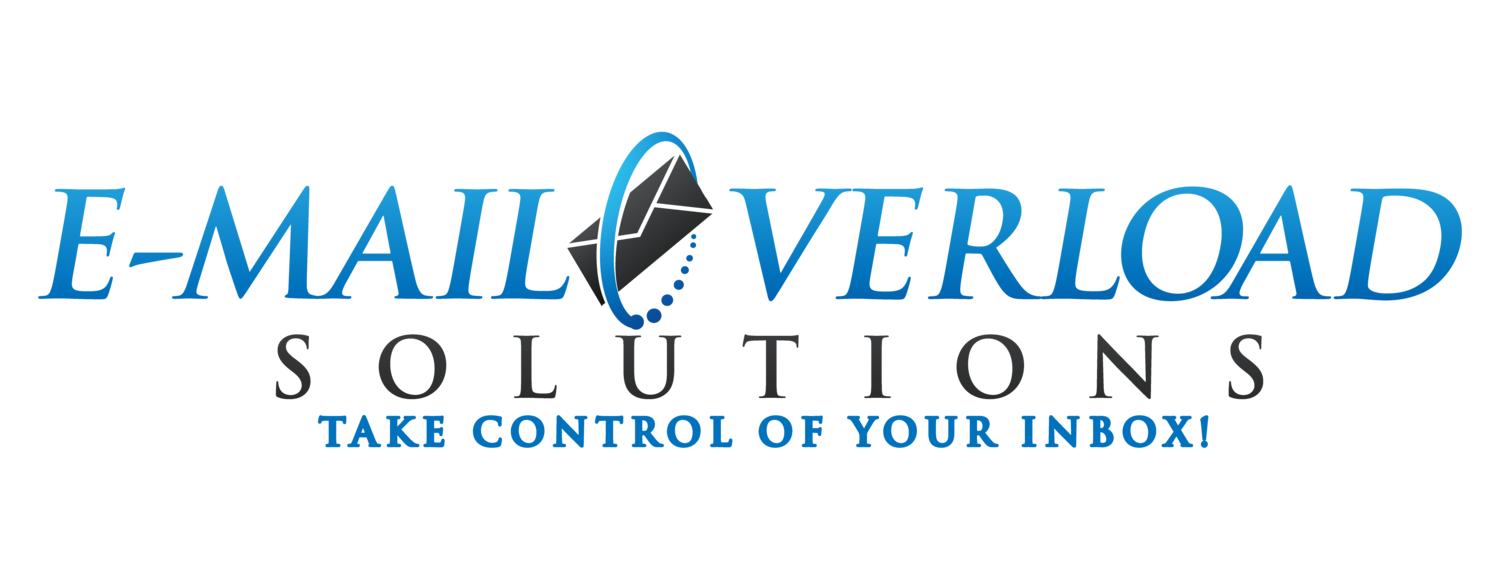10 Steps to Productivity eBook Review
/I recently read “10 Steps to Ultimate Productivity”, a helpful eBook by Michael Sliwinski.
Michael Swliwnski is the founder of the Nozbe productivity application and editor of Productive! magazine.
10 Steps to Ultimate Productivity by Michael Sliwinski provides a concise but helpful road-map to improving your personal productivity. It presents a simple but comprehensive productivity system and outlines a robust workflow for managing your goals, projects, commitments, and Email.
The eBook outlines 10 Key steps to create a Productivity System:
1) Clearing your mind
This is the “capturing” concept borrowed from David Allen’s “Getting Things Done” (“GTD”) program. This is where you put everything into one or more “trusted systems”. Capturing is an important concept that forms the foundation of any good productivity system. It ensures you retain your key ideas, tasks, and commitments in systems, not in your "mind" where they can get lost.
2) Organizing tasks into Projects
This is where you learn to differentiate between “tasks” and "projects". A "task" is a single "to do" type item that is what I call "one and done". A "project", by comparison, is something requiring multiple steps to complete. The chapter also provides ways to organize and categorize your tasks and projects.
Tasks and Projects are the critical substance of your productivity system. They are the means to accomplish your goals and objective.
3) Defining Your Next Actions
"Next Actions" is another key concept pulled from the David Allen's GTD framework. But it is still an important concept to understand and master. Many projects fail because people get lost in the vast amount of project tasks and steps. Instead, they should focus on the key next actions needed to move projects forward. Identifying next actions are critical to continually advancing your projects and goals.
4) Being Productive Anywhere
This chapter focuses on how to leverage technology to be productive in any situation. This includes utilizing different devices such as tablets, smartphones, and cloud-based solutions. It also includes using tools that “synchronize” data across these different platforms. Another key capability is being able to work "offline" with "local data". This is something many tools cannot accomplish, especially those that require connectivity to operate.
5) How to communicate through Tasks
This chapter focuses on sharing project activities and tasks across team members. It also breaches the difficult but critical activity of “delegating tasks". This is often needed to track and complete projects, and a necessary skill for managing a team.
6) Working in Contexts (or Categorizing)
This is another concepts borrowed from David Allen’s GTD framework. A “context” is a “place, technology, or environment” in which you need to be in in order to accomplish a task. It can be as concrete and simple as “at phone”or "at desk". It can even be things you are doing, such as “errands” or “housework”. It can also reference a "work mode" such as “writing”, "reading", or “email processing”.
7) Managing Reference Materials (Documents)
Like it or not, documents, notes, and assorted materials are often needed to complete tasks. This chapter discusses managing “reference materials” so they align with your projects and tasks. This is best done by first turning them into "digital form". Once digitized, they are "tagged" so they are associated with the appropriate projects.
8) Performing a Regular Review
The “Weekly Review” is another key concept borrowed from the GTD system. In this step, you review your progress and update the status of key activities. You find and fill gaps in your plans and scan forward to the coming weeks. Lastly, you make adjustments to your schedules and re-categorize and re-prioritize as needed.
Many people skip their weekly review and most find difficult to maintain. However, it is a pivotal activity and perhaps the most critical to maintaining a robust productivity system.
9) Managing Email
This chapter discusses several approaches to Email management. It includes trying to get to “Inbox Zero” and not using your Inbox as a Task system (that is what tasks are for!). It contrasts the difference between “checking your email” (what most people do) vs. "processing your email” (which is what I advocate). It also recommends reducing/eliminating Email notifications and only checking Email at set, periodic times.
Most of these are approaches I have always recommended and are part of a robust Email processing routine.
10) Putting the System into Place
The final chapter outlines the key steps for putting this productivity system into place. It first reviews how to organize your daily, weekly, and monthly routines. It also touches on some of the challenges you may face. Lastly, it provides methods you can employ to improve your productivity. Some key suggestions are using the Pomodoro technique to focus and manage your time (something I highly recommend). And also the simple but important ability to "touch type” (something everyone should be proficient at).
And you don't need to know Nozbe!
Although the book does reference Nozbe features, you do not need to know Nozbe to get use out of the book (In fact, I have never used Nozbe). The Nozbe references help illustrate some points, but are not critical to the eBook.
The concepts in this eBook can apply to any productivity process, system, or application.
A few minor suggestions:
Overall, the eBook provides helpful productivity information in an organized, concise manner. It weaves together several key productivity themes and approaches.
I would have liked to perhaps have seen a bit more detail in the final “Putting the System into Place” chapter. I believe this is actually an area where most people struggle and fail.
Many people learn productivity techniques and set-up supporting tools, but "fail to execute consistently". Sometimes they "get lost" in the various steps they need to follow. Other times, they fail to stick with the process long enough to realize benefits. The key is to initially keep things simple, and give it several weeks. As you improve, then you can add steps and complexity, but always start by keeping things simple!
But this eBook was never meant to be a full-blown productivity system. Rather, it was to provide the basic framework (the "building blocks”) for a productivity system. In fact, each of the chapters in this book could easily justify a book by themselves.
“Overall, I recommended reading 10 Steps to Ultimate Productivity. It provides a good productivity framework, reinforces universal time management and productivity concepts, and is a fast but through read.”
Best of all, the 10 Steps to Ultimate Productivity eBook is provided at no cost, and can be downloaded in PDF, Mobik and ePub format.












